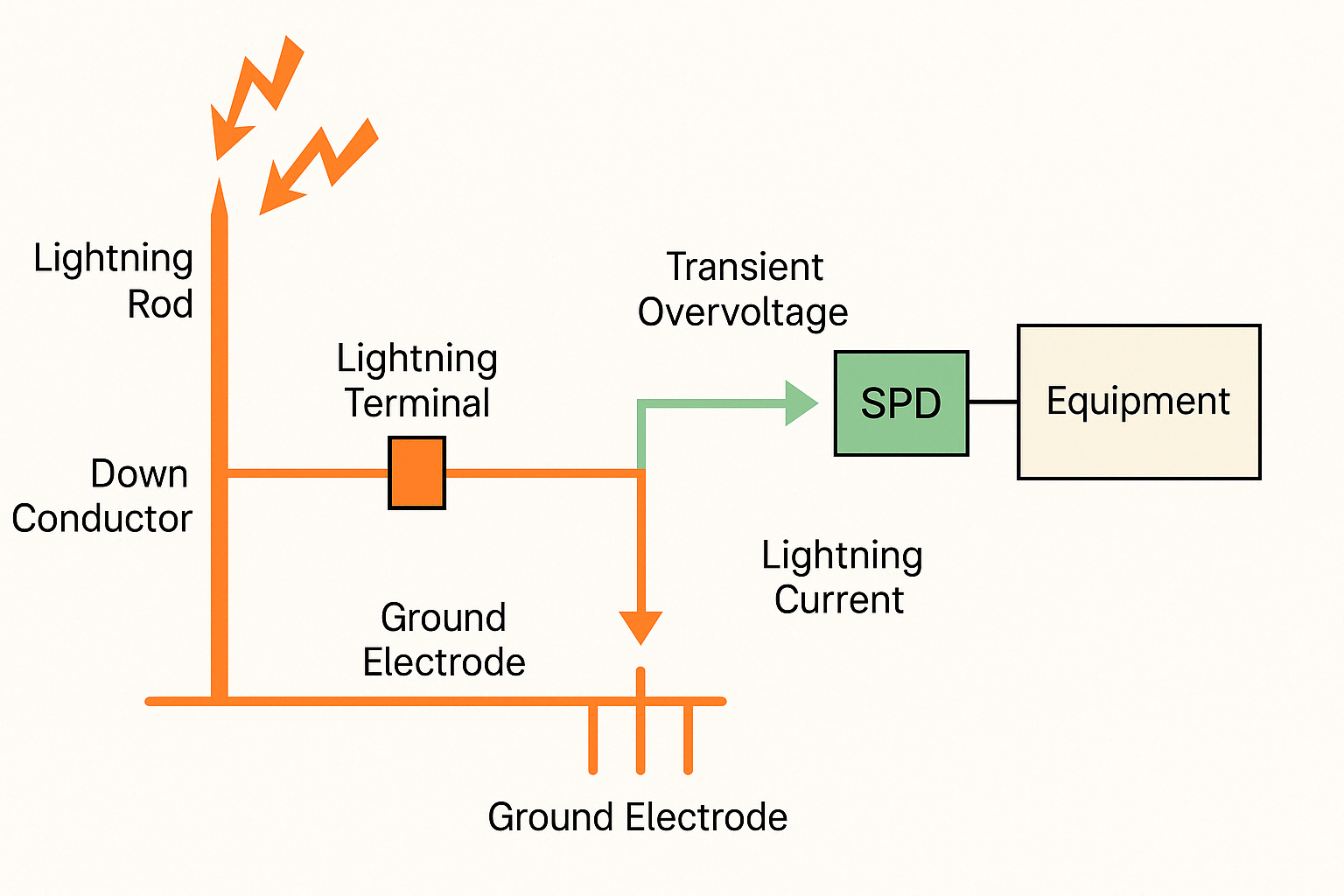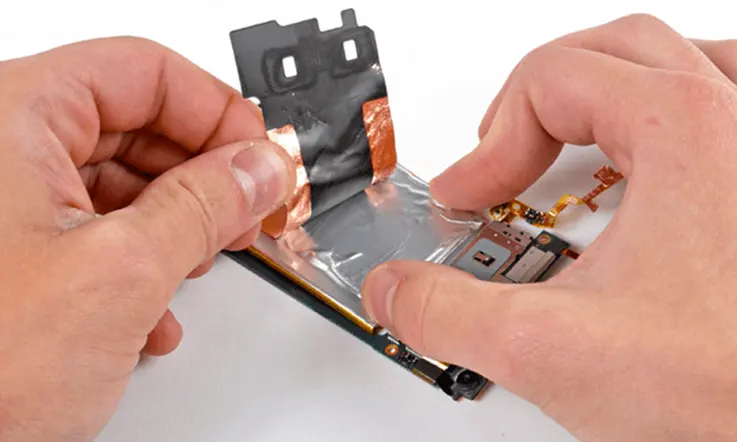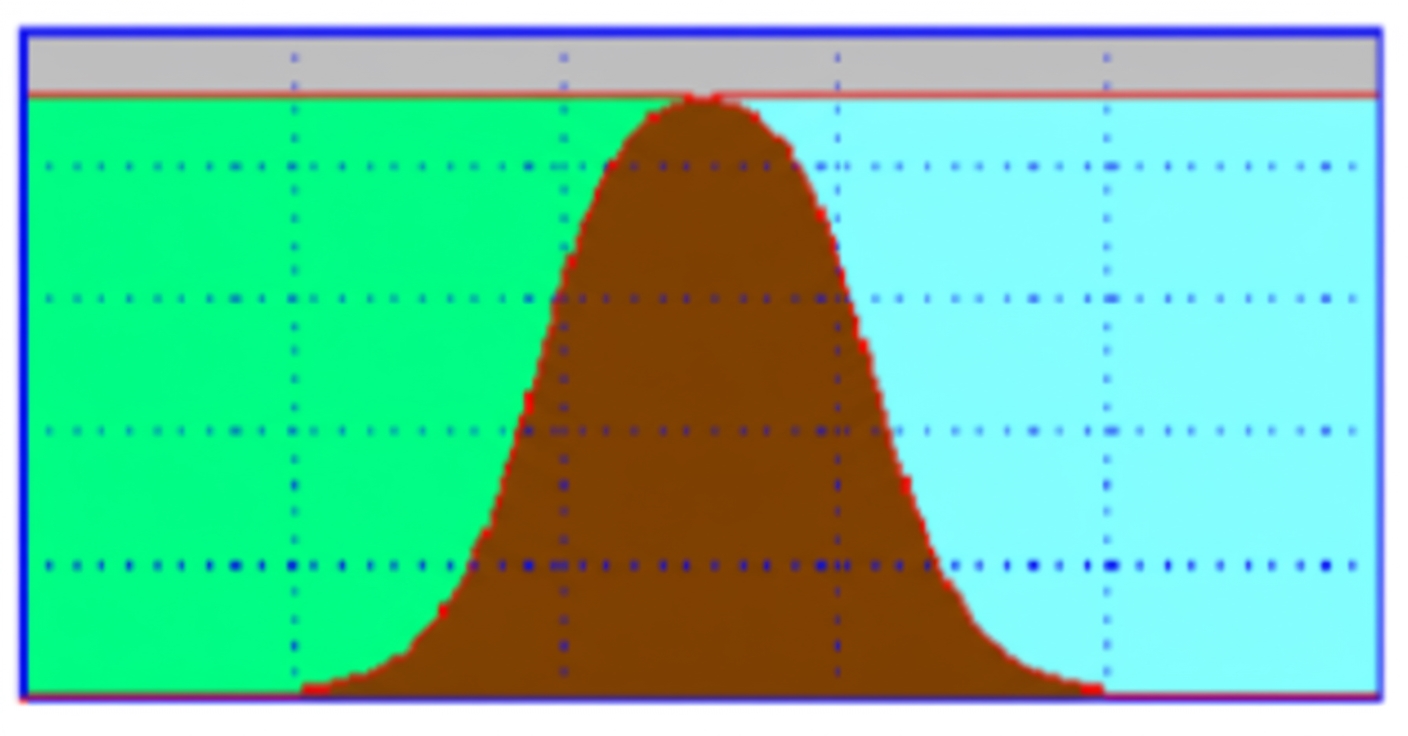As automotive electronic systems increase in number, frequency, and power, electromagnetic interference (EMI) poses a growing challenge. EMI can disrupt electronic components or cause damage, making electromagnetic compatibility (EMC) critical. High-voltage wiring harnesses, distributed throughout vehicles, are both a primary EMI source and susceptible to interference. This article explores effective strategies to mitigate EMI in automotive high-voltage harnesses.
Importance of EMI Mitigation
High-voltage harnesses, integral to electric and hybrid vehicles, carry significant power and generate electromagnetic fields. Without proper shielding, these harnesses can interfere with sensitive electronics, such as sensors and control units, while also being vulnerable to external EMI. Effective EMC solutions ensure reliable operation and compliance with automotive standards.
EMC Solutions for High-Voltage Harnesses
Several cable shielding methods address EMI in automotive high-voltage harnesses, each optimized for specific frequency ranges and applications.
Solution 1: Braided Shield Cable
Braided shield cables feature a woven conductive mesh surrounding the conductor, offering high coverage for effective EMI suppression, particularly at high frequencies (>1MHz). This makes them suitable for applications where high-frequency interference is prevalent.
Solution 2: Cable with Braided Mesh Jacket
A braided mesh jacket increases the equivalent cross-sectional area, enhancing low-frequency EMI suppression (<200kHz). This solution is ideal for environments dominated by low-frequency interference, providing robust shielding with simpler construction.
Solution 3: Aluminum Tube Shielding
Encasing the cable in an aluminum tube provides excellent EMI suppression across the entire frequency spectrum. This method is highly effective but may add weight and complexity, suitable for critical applications requiring broad-spectrum protection.
Solution 4: Segmented Aluminum Tube and Braided Mesh
Combining aluminum tubes and braided mesh in segments leverages the strengths of both solutions. This hybrid approach offers good compatibility with vehicle wiring layouts, balancing performance across low and high frequencies while optimizing cost and weight.
Performance Comparison
Among the shielding methods, aluminum-chromium alloy tubes provide superior EMI suppression across all frequencies, making them one of the most effective solutions. However, their implementation must consider factors like weight, cost, and integration complexity.
Conclusion
Addressing EMI in automotive high-voltage harnesses is critical for ensuring reliable electronic performance. Braided shields, mesh jackets, aluminum tubes, and hybrid solutions offer tailored approaches to mitigate interference across different frequency ranges. Selecting the appropriate method depends on the specific application, frequency requirements, and vehicle design constraints, ensuring EMC compliance and robust system operation.
 ALLPCB
ALLPCB







